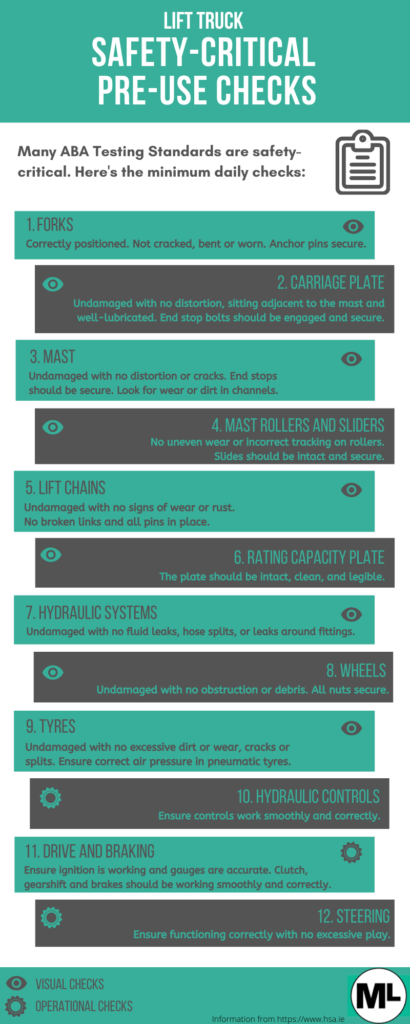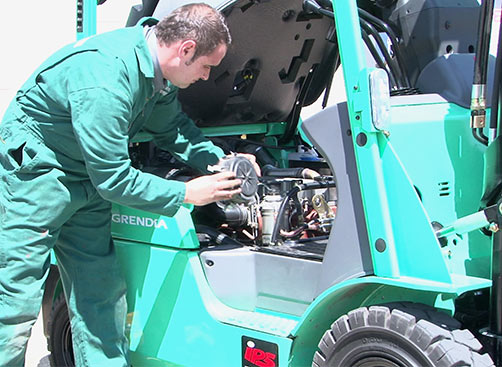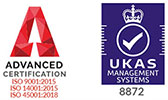The importance of forklift pre-use checks
The Association of Industrial Truck Trainers (AITT) have recently raised concerns that mandatory pre-use checks (or daily checks) for operating lift trucks aren’t being carried out as regularly as they should be.
Adam Smith, Managing Director of AITT, believes that even though operators are taught about these vital checks during their training, they neglect to carry them out on a regular basis once they’re fully qualified.
Sometimes pre-operation checks are disregarded for the purposes of saving time, however shortcuts like these can put not only the life of the operator in danger but also those around them. Pre-shift checks are critical before using a lift truck to ensure any safety issues are identified and then rectified to prevent potential accidents.
These checks should be carried out daily. Adam says, “it’s better to locate a problem when it’s small and easier to fix than to let it go unnoticed, A small problem may become an even bigger issue that could be expensive to repair, so you will not only save money, you’ll be able to ensure a longer lifespan of the truck.”
What checks should be made pre-use?
The Accredited Bodies Association (ABA) outlines a list of 23 testing standards that every business using a forklift truck should abide by. This includes regular inspection and testing of wheels, tyres, brakes, batteries, hydraulics, and more. A full list of these checks can be downloaded from the ABA website.
Keeping a folder of pre-use inspection sheets (also known as Daily Check Sheets) can help ensure these inspections are being carried out on a daily basis, and anyone who fails to complete these checks can then be held accountable.
Safety is of the utmost importance to us. Where applicable, each of our refurbished forklifts is given a Thorough Examination Certificate and LOLER Certification. Our fully qualified mobile engineers are available nationwide for regular servicing and preventative maintenance visits.
However, daily checks of your forklifts are down to you. Below is a handy infographic of the most safety-critical checks to help you comply with Health and Safety requirements for safe and efficient operation:








